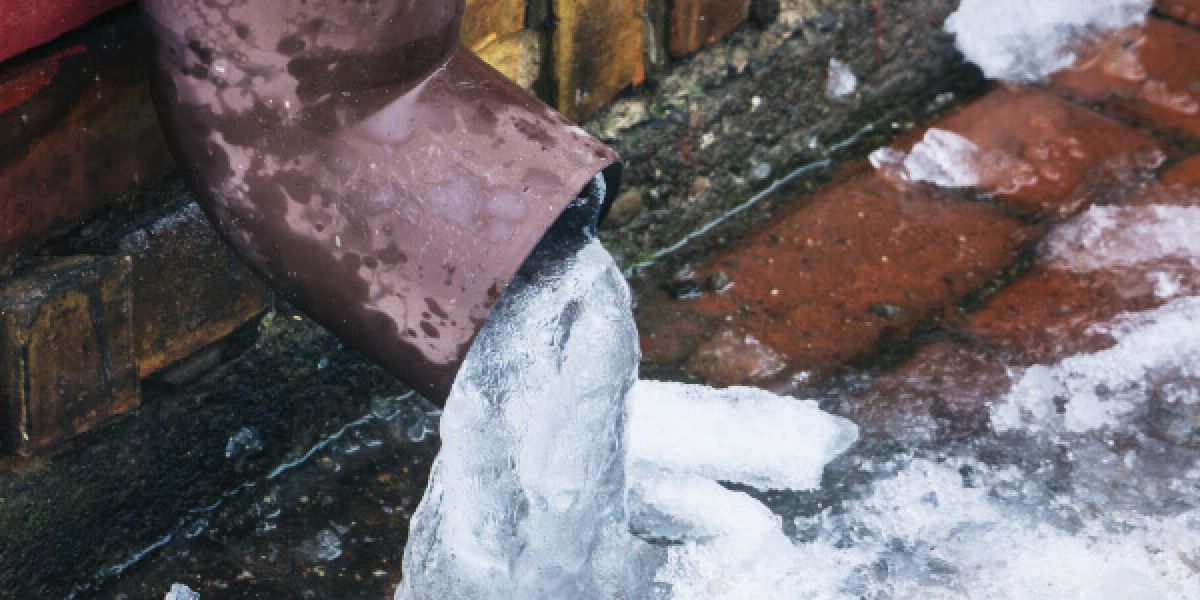Important Advice to Avoid Frozen Pipes in Winter: Specialist Insights
Important Advice to Avoid Frozen Pipes in Winter: Specialist Insights
Blog Article
We've found this post pertaining to Preventing and dealing with frozen pipes below on the internet and figured it made perfect sense to talk about it with you on this page.

Cold weather can wreak havoc on your plumbing, especially by freezing pipelines. Below's how to avoid it from taking place and what to do if it does.
Intro
As temperature levels decrease, the danger of icy pipes increases, possibly causing pricey repair work and water damage. Recognizing exactly how to stop icy pipes is vital for homeowners in cold climates.
Prevention Tips
Protecting prone pipes
Wrap pipelines in insulation sleeves or use warmth tape to secure them from freezing temperatures. Concentrate on pipelines in unheated or external locations of the home.
Heating techniques
Maintain interior rooms effectively warmed, specifically locations with pipes. Open up cabinet doors to allow cozy air to flow around pipelines under sinks.
Exactly how to recognize icy pipelines
Look for reduced water circulation from faucets, uncommon smells or sounds from pipes, and noticeable frost on revealed pipes.
Long-Term Solutions
Architectural adjustments
Take into consideration rerouting pipes far from outside walls or unheated locations. Include added insulation to attics, basements, and crawl spaces.
Upgrading insulation
Purchase high-grade insulation for pipes, attics, and wall surfaces. Correct insulation helps maintain constant temperature levels and minimizes the danger of icy pipelines.
Securing Outside Plumbing
Yard tubes and exterior taps
Separate and drain garden tubes before winter season. Mount frost-proof faucets or cover exterior faucets with shielded caps.
Understanding Frozen Pipes
What creates pipelines to freeze?
Pipes ice up when exposed to temperature levels below 32 ° F (0 ° C) for expanded durations. As water inside the pipelines ices up, it broadens, putting pressure on the pipe walls and possibly causing them to break.
Threats and damages
Frozen pipelines can bring about supply of water disruptions, home damages, and expensive repairs. Ruptured pipes can flooding homes and cause substantial structural damages.
Indications of Frozen Pipes
Determining frozen pipelines early can avoid them from breaking.
What to Do If Your Pipes Freeze
Immediate activities to take
If you think icy pipes, maintain taps open to eliminate pressure as the ice thaws. Use a hairdryer or towels taken in hot water to thaw pipelines slowly.
Final thought
Avoiding icy pipelines needs proactive procedures and fast feedbacks. By understanding the causes, indications, and safety nets, home owners can safeguard their plumbing throughout winter.
5 Ways to Prevent Frozen Pipes
Drain Outdoor Faucets and Disconnect Hoses
First, close the shut-off valve that controls the flow of water in the pipe to your outdoor faucet. Then, head outside to disconnect and drain your hose and open the outdoor faucet to allow the water to completely drain out of the line. Turn off the faucet when done. Finally, head back to the shut-off valve and drain the remaining water inside the pipe into a bucket or container. Additionally, if you have a home irrigation system, you should consider hiring an expert to clear the system of water each year.
Insulate Pipes
One of the best and most cost-effective methods for preventing frozen water pipes is to wrap your pipes with insulation. This is especially important for areas in your home that aren’t exposed to heat, such as an attic. We suggest using foam sleeves, which can typically be found at your local hardware store.
Keep Heat Running at 65
Your pipes are located inside your walls, and the temperature there is much colder than the rest of the house. To prevent your pipes from freezing, The Insurance Information Institute suggests that you keep your home heated to at least 65 degrees, even when traveling. You may want to invest in smart devices that can keep an eye on the temperature in your home while you’re away.
Leave Water Dripping
Moving water — even a small trickle — can prevent ice from forming inside your pipes. When freezing temps are imminent, start a drip of water from all faucets that serve exposed pipes. Leaving a few faucets running will also help relieve pressure inside the pipes and help prevent a rupture if the water inside freezes.
Open Cupboard Doors
Warm your kitchen and bathroom pipes by opening cupboards and vanities. You should also leave your interior doors ajar to help warm air circulate evenly throughout your home.

As a serious person who reads about How to prepare your home plumbing for winter weather, I assumed sharing that excerpt was sensible. Loved our write up? Please share it. Let somebody else check it out. Thanks a lot for your time. Come back soon.
Start Now Report this page